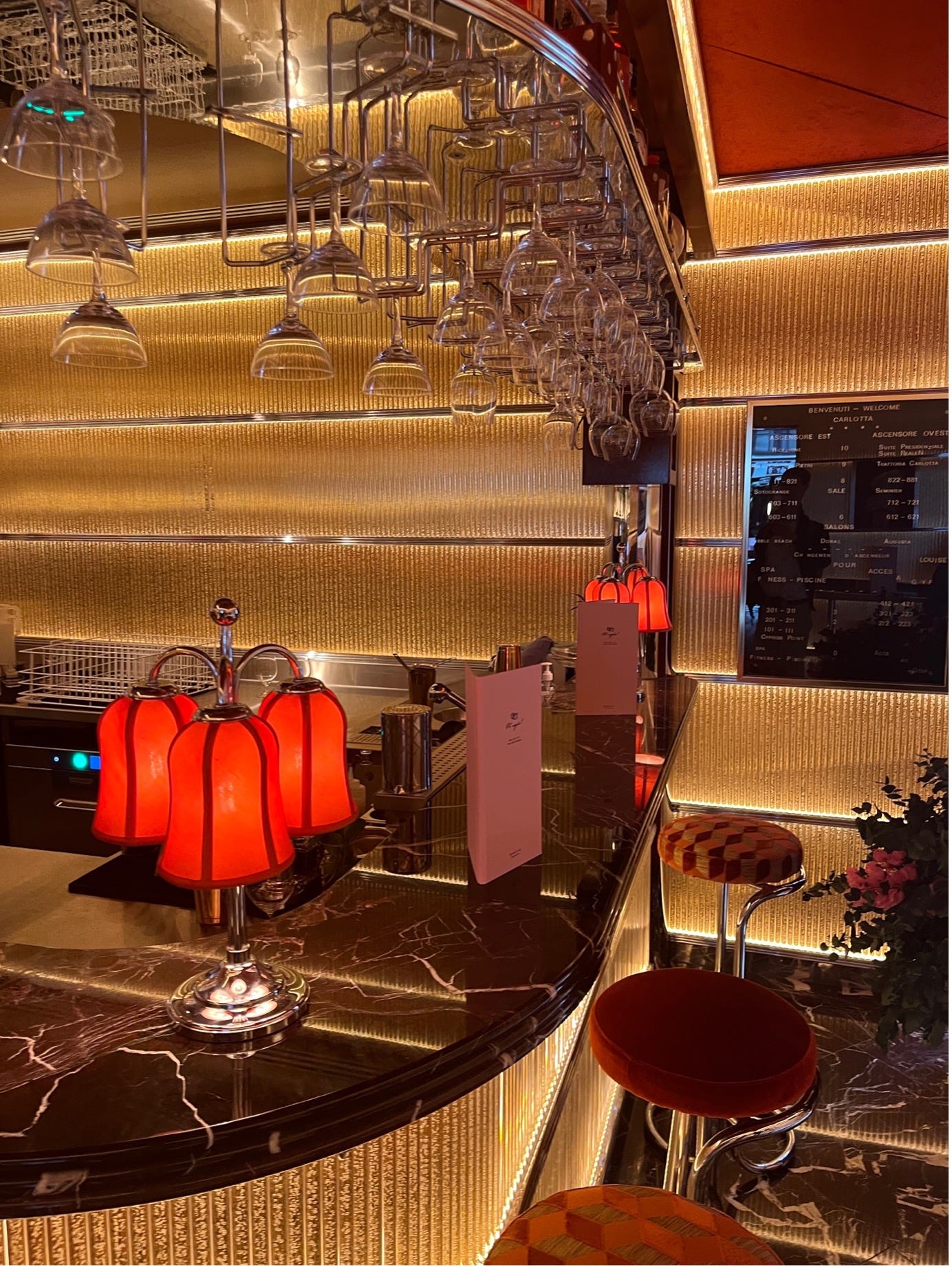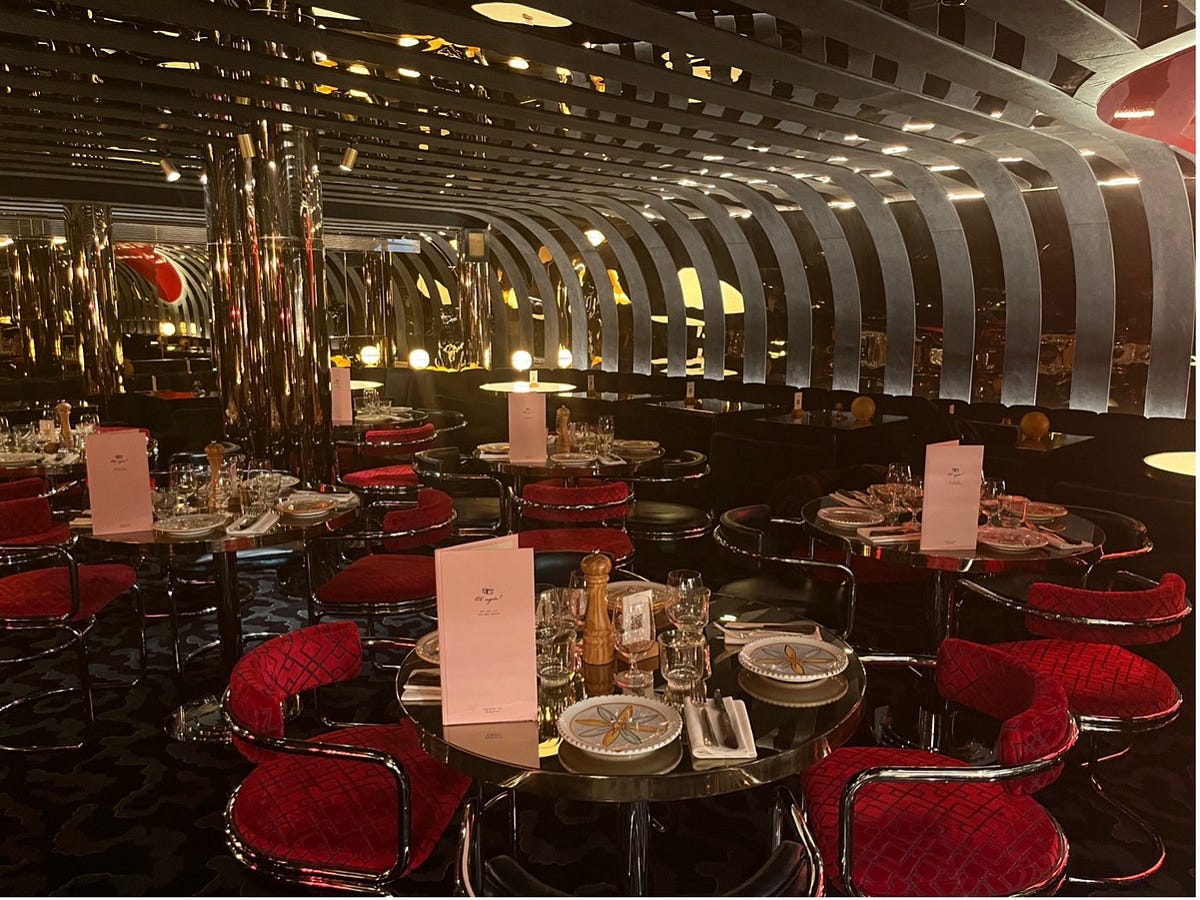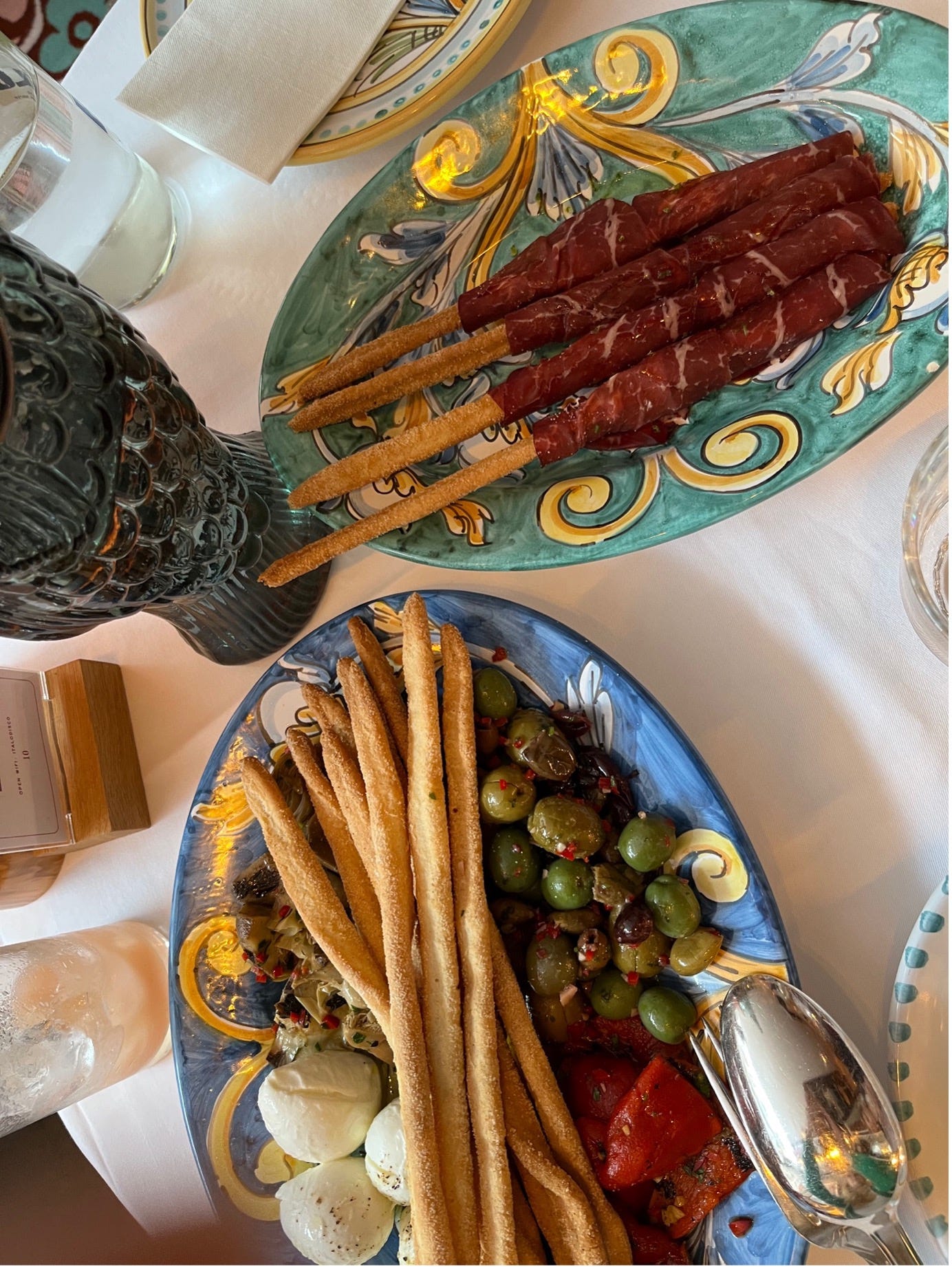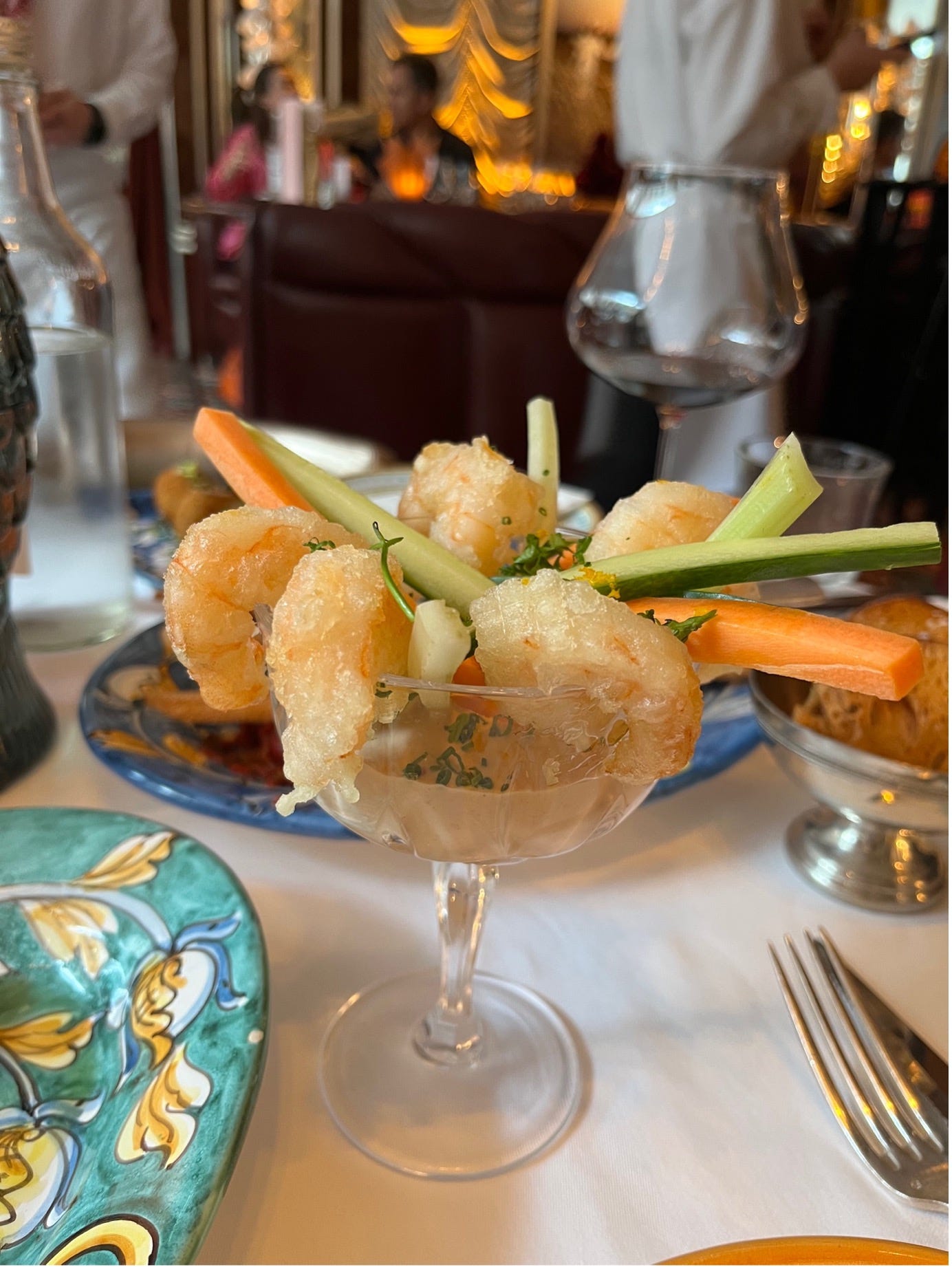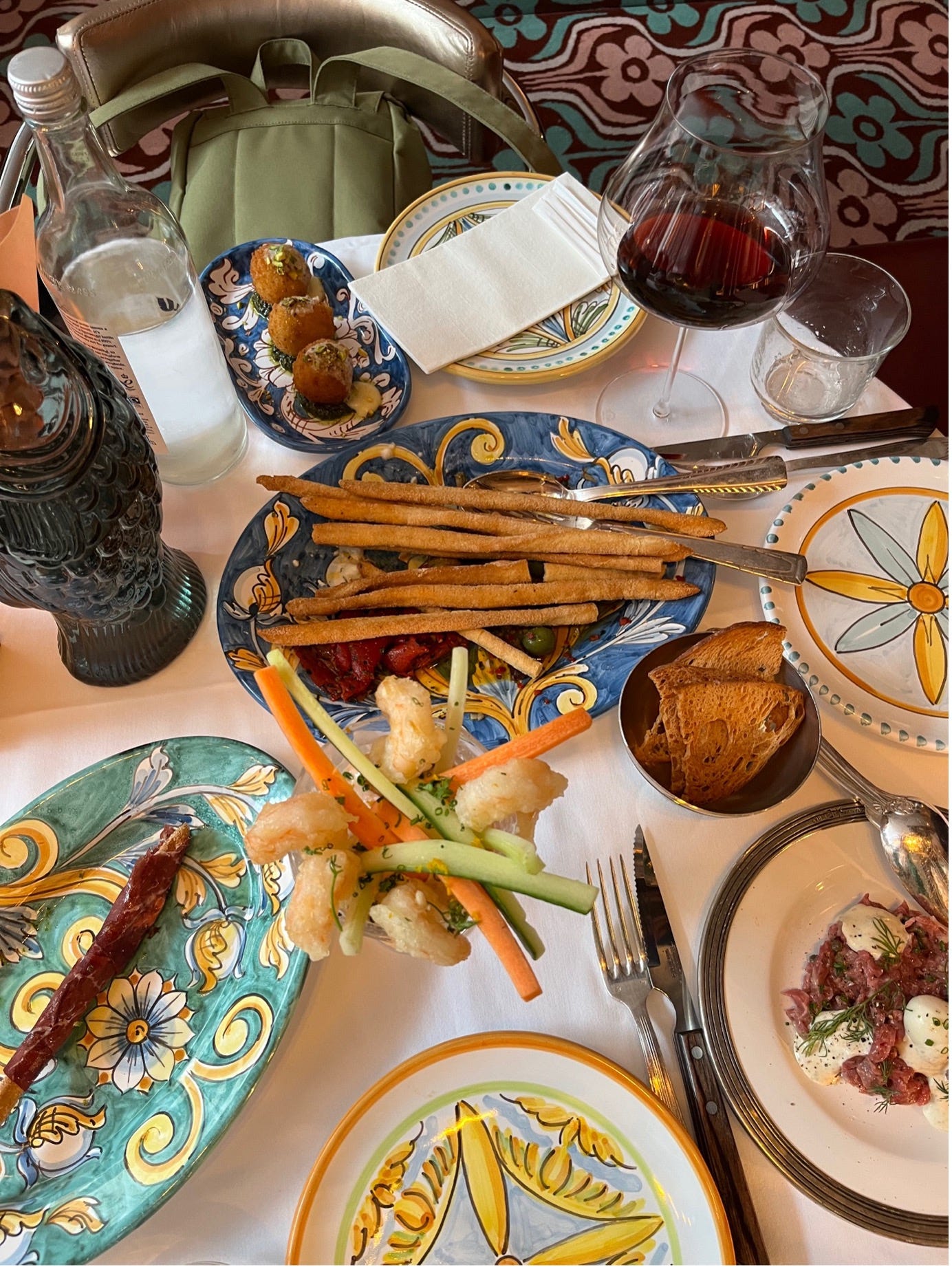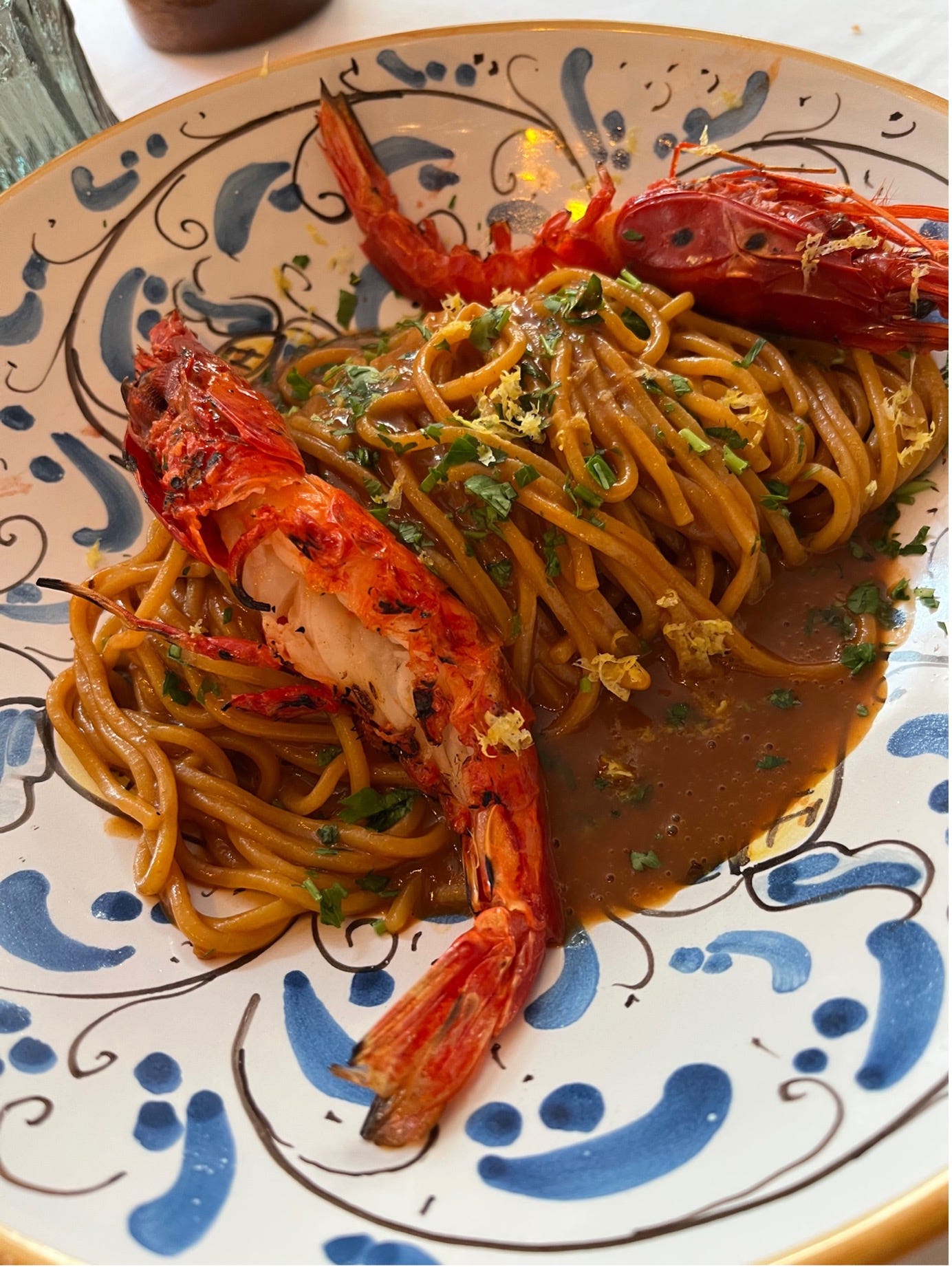When stripped down to its most skeletal form, the Coronation of King Charles III entailed a simple ferrying of objects from altar to throne. The Crown, of course—expertly installed upon the monarch’s greyed pate by the Archbishop; but also the Orb and Sceptre, staples of coronation portraiture from Charles II to Elizabeth II. And then, there were the more obscure objects: the oft-overlooked Glove and Ring, the lexically unfamiliar Stole Royal and Armills—all brought across to St. Edward’s Chair and then variously attached to the King’s person.
This historic ritual of Investiture, at its heart a straightforward handing-over, is a theatre only elevated to significance by the symbolic value of players and props: the Crown as kingship and authority; the Sceptres as power temporal and spiritual; the Sovereign’s Orb as global Christendom. The mise en scène is completed by the towering nave of the Abbey itself, a frame which concentrates the history of all monarchs crowned before into a symbolically dense atmosphere. For the plain English of the liturgy, we have our reforming forebears to thank—but this language of signs speaks in plainer terms still: a language of power and empowerment, of authority and authorisation. It constitutes—to use the language of sociologist Anthony D. Smith—our national ‘myth-symbol’ complex: our means of communication that is not verbal but visual, and which stretches into the deep past.
Charles’ Investiture took place, however, with a royal twist. To stage the King’s commitment to diversity, each piece of regalia was brought to the monarch by a representative of a different minority group. The Lord Kamall, a Muslim, with the Armills; Baroness Merron, a Jew, with the Robe; the Archbishop of Armagh, an Irishman, with the Orb; and so on. In one fell swoop, the Anglican Church’s authority as sole conferrer of kingly power seemed to be quite intentionally fractured. More stunning still was the sleight of hand that seamlessly incorporated various religious and cultural traditions into the inflexible strictures of coronation tradition.
Here was performed for us a new vision of kingship. Not a monarch pledging to serve his people, singular, but instead one taking pains to recognise the various discrete people-groups within his lands. In part this may reflect the King’s heartfelt commitment to the many customs of the Commonwealth. But the crucial equation of Britain’s religious and national traditions in the Investiture—the role of the Muslim peer identical to that of the Armagh Bishop—integrated religious and cultural groups both into a coequal authorising relationship with the King.
This is a symbolic endorsement not of national monarchy, but of multinational Empire. It casts Charles’ role not only as ‘defender of the faiths’, but also ‘defender of the nations’. Ironically, this innovation was surely the most anachronistic feature of all the arcane ceremony, the rearing head of a pre-national age. Antagonism of emperor and ‘nation’ was at one time the norm. But it has long been thought the compelling power of the latter had choked all possibility of imperial resurgence. If Charles’ reign is to be more enduring than the truncated tenures of rulers swept away in the unifications, the cessations and the revolutions of the nineteenth century, the King must learn the lessons of the past.
The Habsburg Emperor served in the nineteenth century an identical role to the one which Charles III casts himself in now. Kaiser Franz-Joseph’s (r. 1848-1916) traditional role as defender of the Roman Catholic Church was compounded by visits to Jewish, Greek Catholic, and Eastern Orthodox sites; and later in his reign,m he took on the unlikely role of protector of the Muslim faith in Bosnia-Herzegovina. This cosmopolitan ethic did not limit itself to religious diversity: in Lviv, the Emperor laid the cornerstone of the Ruthene national institute, much to the thrill of local Ukrainians, and the chagrin of Poles. The parallels with the modern British monarchy are striking—indeed, David Lammy’s argument for constitutional monarchy made in the New York Times specifically lauds the King’s promotion of Guyanese, and more broadly, Caribbean identities. It is fundamental to recognise, then, that these are not leaders operating in non-national terms. Rather, accepting the logic of national and religious affiliation, they seek to win the loyalty of the various communities or ‘nations’ inside their polity. Lammy calls this a ‘civic version of British identity’, which is only true in a limited sense—in fact, religious-cultural identification lives on with vigour, such that the ‘civic’ institutions of the state must adopt symbolic signifiers of their recognition and support. Thus, when visiting Buda in 1857, the Austrian Empress Elisabeth wore red, white and green—the national colours of Hungary. The ‘myth-symbol’ complex of state ritual does not—or perhaps more correctly, cannot—become ‘civic’, because cultural and religious identity is still strongly felt.
Of course, the critic might protest that I have hardly provided a neutral historical analogue. There is a narrative of the Habsburg Empire as a unwieldy hulk of disputatious national factions, whose collapse was written on the wooden walls of 1848s barricades. But this is simply nationalist teleology, which fails to see the cases in which fealty to the emperor was incredibly effective at neutralising dissent. One such case was in Galicia in 1846, when a Polish nationalist revolt was crushed and its agitators massacred not by the Imperial army, but instead by the very peasants who the revolutionaries had identified as their co-nationals. The power of the Imperial figurehead, then, could be thicker than blood. But this was especially the case for those groups which had not yet developed a matured national consciousness, and who could therefore be appealed to directly, unmediated through a national representative.
The risk of Charles III’s multicultural Investiture is that it comes to symbolically harden identity categories and as such deepen community division. In the Habsburg Empire, the insistence that all people belonged to national communities was in part the work of nationalists; but historian Pieter Judson argues it was also “a product of the ways agents of the empire categorised its diverse peoples.” Similarly, by staging the transfer of power between representatives of Britain’s religious-cultural communities, the coronation risked encoding difference: it assumed these identity categories had a preordained existence, rather than an existence constructed precisely by the kind of ceremony as this.
All was not divisive, of course. Insofar as religious-cultural representatives partook in the ancient rituals of the monarchy at all, they became part of a common symbolic production, and thus a common identity. This is why the syncretic model of the Investiture was far more effective than the wholly unassimilated gospel choir, at least in terms of building national solidarity. Integration is when the threads of new traditions are drawn into the vast brocade of the old.
But the question stands as to whether such representational devices are working. Among Britons 18-24 years old—a crucial ‘test’ category for these new methods of kingship—just 32% say that the monarchy is good for Britain, and this drops to 19% for ethnic minorities in the same age group. We should not conclude, however, that symbolic efforts are doomed to failure. The fact that, for the same categories, 24% and 37% respectively understand the monarchy to be “neither good nor bad for Britain” shows a significant proportion of the young population is apathetic rather than antagonistic towards royal ritual. The monarchy is not yet in dire straits. It will only founder if nationalist argumentation takes hold: either among right-wing English groups who envision a more historically-rooted monarchic culture, or among British religious or ethnic minorities for whom Anglican services with multicultural flourishes are not culturally satisfactory.
And yet precisely this fate beckons. Not because the siren song of ethno-cultural nationalisms have any great grip on the country’s psyche. But rather because Britain is crippled by a deep reluctance to pursue a policy of robust civic nationalism, which entails the education of the next generation into a common “myth-symbol” complex. Smith conceives of these as deeply rooted in specific cultural units, but this does not mean they cannot—given enough effort—be generalised within a diverse population by education. To institute such a policy would mean accepting a far higher level of monarchic ritual in the day-to-day life of the people—the kind of American ceremony that it is fashionable to sneer at. But the alternative is to leave a void which will necessarily be filled by identity affiliations more threatening to the state.
“Symbols are reality,” Lammy concludes his defence of the monarchy. If true, we saw one possible reality in the King’s Investiture—a symbolic working-together of various different religious and cultural representatives. It is a reality in which the King is the anchor in a heterogenous polity, staving off centrifugal forces that nationalist imaginings threaten. And it has a significant historical precedent. Otto von Bismarck, credited almost single-handedly with the unification of the various German states into an Empire, argued in his memoir that the identity formation of the masses was “conditioned by their attachment to the dynasty after which they call themselves.” The Carolean ethic has potential to make the monarchy even more structurally indispensable to British identity than it is now.
But His Majesty—and the rest of us—must account for the risks. The institutions and ceremonies of royalty are drenched in a millennium of British tradition, a reality which even the joyful song of a gospel choir can only conceal for a few minutes. The fact, therefore, that multiculturalism has come to occupy the attention of the Palace is not just royal goodwill—it’s an existential issue: How to assimilate the symbolic language of one tradition with thousands of others, and avoid a collapse into meaningless oversignification? To Balkanize court ceremonial into a jostling series of discrete ethno-religious traditions would be wholly antithetical to the inclusive myth Charles aims to perpetuate. Only a far higher level of state intervention, particularly in education, to promote the monarchy and its unifying power, has the potential to solve the Emperor’s new woes. Because if Charles wants to remain King or Emperor, it isn’t enough for his subjects to identify with their respective community representatives. They need to identify with the man himself.



